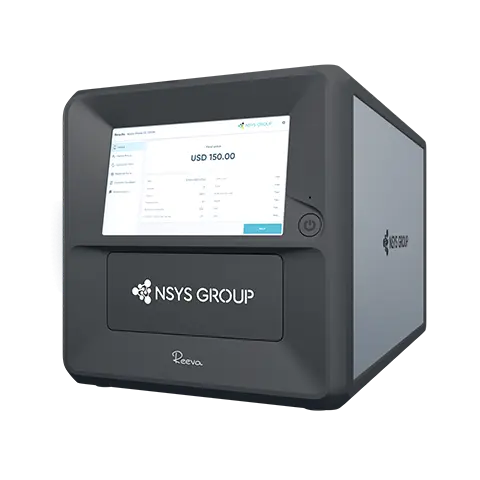The global problem the used device market helps solve is managing electronic waste. We discussed the ways to do it effectively — both environmentally and economically — at our webinar "E-Waste Reduction: Scaling Up Your Sustainable Business," co-hosted with David Flood, Repairs Manager at TekEir. Today, we will share some key highlights of the discussion!
Extending Device Lifespan
The refurbished mobile phone market is growing, contributing to a circular economy. Nowadays, people typically use their device for about two and a half years and then change it to a newer model. Usually, the old device ends up in a landfill, although it can still be used.
Using cell phones for longer, buying second-hand electronics, and correctly recycling used devices reduce the overproduction of new units and their parts and benefit the environment.
The biggest thing is education. People should know how to choose the device for their needs and how to use it correctly. Basically, you need to treat your laptop the same way you treat your car. You are supposed to get it looked at every year and make sure everything is doing what it's supposed to do. — David Flood, Repairs Manager at TekEir
Used Device Industry Trends for 2024
The main shift in the industry is AI and data analytics. It can be used for improving metrics such as speed of testing processes, customer experience index, and business turnover.
We use chatbots often enough to understand our data from customer interactions. This analyzing process could take me a few hours, but the AI spits it out in 5-10 minutes. AI is also coming to recycling and refurbishing areas: the programs eliminate human errors. — David Flood, Repairs Manager at TekEir
AI-powered technologies are also used in NSYS Group's hardware solution, Reeva. The robot automatically sets the grades and scales up the process by increasing testing speed with Reeva 1 operator can process up to 70 devices per hour.
To try it out, click the button below and arrange a demo!








